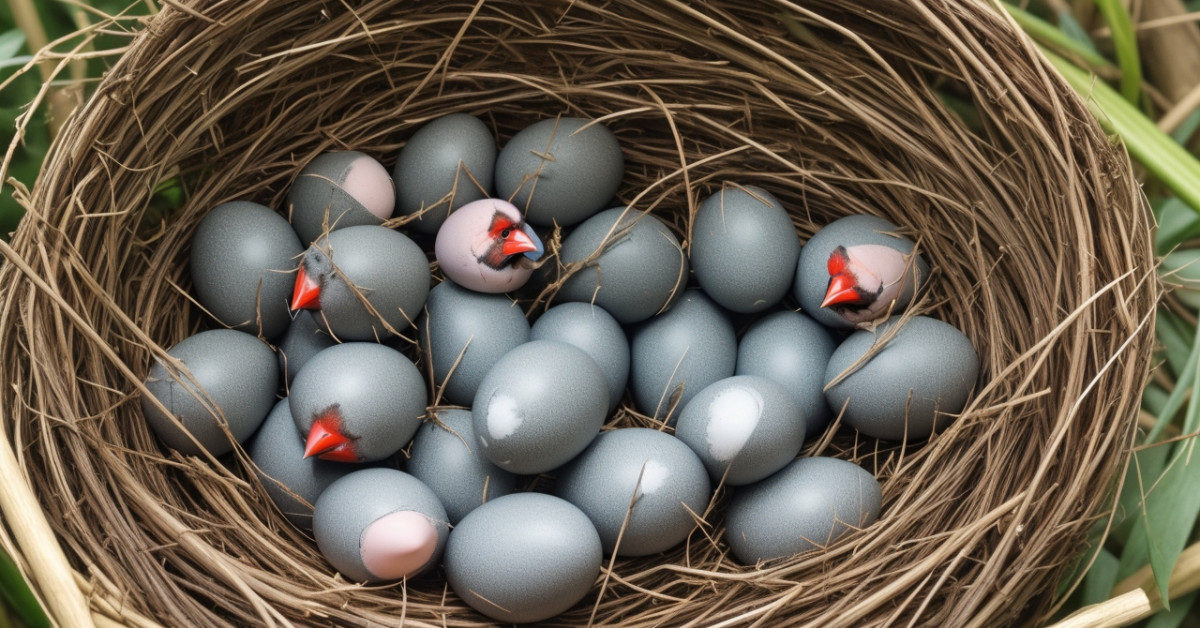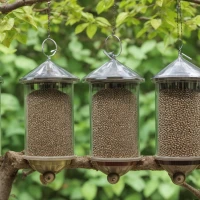How to Recognize Northern Cardinal Eggs in Your Backyard and turn your outdoor space into an avian wonderland! Imagine stepping out into your garden, greeted by the sight of vibrant red Northern Cardinals and their precious, speckled eggs nestled safely in your trees. This guide will unravel the secrets to identifying these beautiful bird eggs, ensuring you become the savvy birdwatcher you’ve always wanted to be. Ready to dive into the fascinating world of backyard birding? Let’s get started!
What Do Cardinal Eggs Look Like?
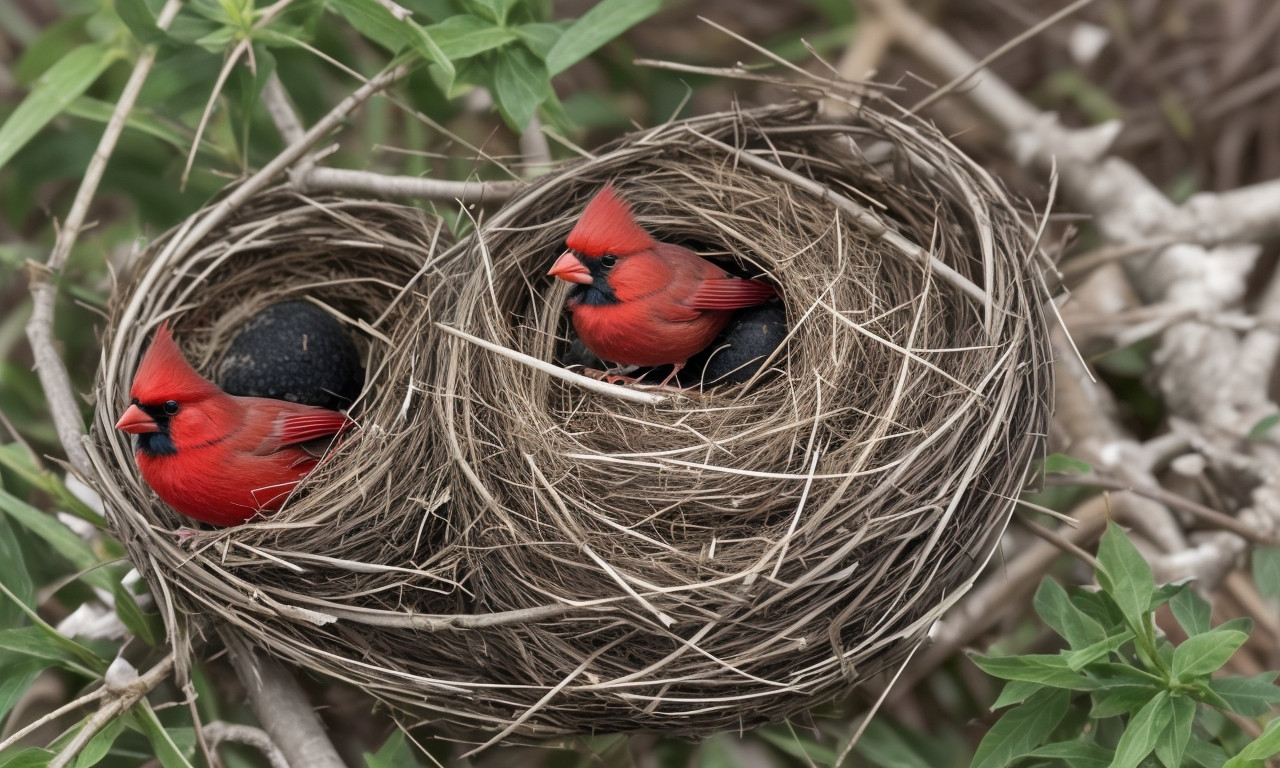
Northern cardinals are a delight to observe, especially when they decide to nest in your backyard. To truly appreciate their presence, it helps to understand, “What do cardinal eggs look like?” Recognizing these eggs requires attention to several distinctive features. Cardinal eggs are generally small, about the size of a ping-pong ball, and feature a smooth, glossy texture. Their color varies from a whitish base to a soft greenish-blue, often adorned with specks or blotches of browns, purples, or grays.
The nesting site provides additional clues. Cardinals prefer dense shrubs or tree forks, usually not more than 4-8 feet above ground. Their nests are cup-shaped and meticulously crafted from twigs, grasses, and other natural materials. Observing these characteristics can help you distinguish cardinal eggs from those of other backyard birds.
Knowing “what do cardinal eggs look like” not only boosts your birdwatching skills but also enriches your backyard ecosystem experience. Once you’ve recognized these eggs, you can take measures to ensure their safety, such as minimizing disturbances and protecting them from predators. By doing so, you contribute to the thriving life cycle of these beautiful birds, ensuring that your backyard remains a sanctuary for generations of Northern cardinals to come.
How Many Eggs Do Cardinals Lay?
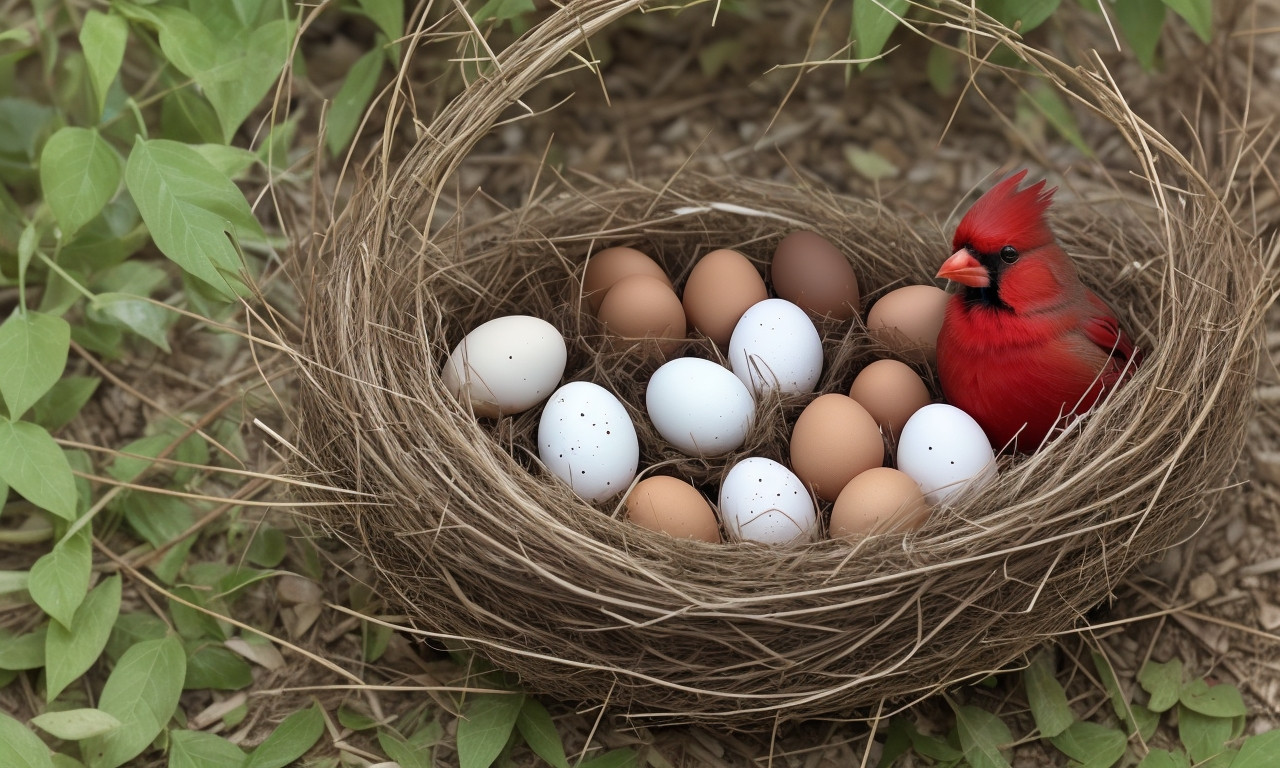
To recognize Northern Cardinal eggs in your backyard, it’s essential to familiarize yourself with their specific characteristics and breeding habits. Northern Cardinals are known for their vibrant plumage and distinctive songs, but their eggs also have unique traits that make them identifiable. These eggs are typically laid in a neat, cup-shaped nest situated in dense shrubbery or low trees, often hidden behind thick foliage for protection.
The eggs themselves are generally smooth and oval-shaped, with a white or greenish hue adorned with brown or gray specks. Understanding the Cardinal’s nesting season is crucial, as it ranges from March through September. But, How Many Eggs Do Cardinals Lay? A typical clutch consists of 2 to 5 eggs, and they can lay multiple clutches per season if conditions are favorable.
When you spot a nest, observe the female’s incubation behavior, as she diligently tends to the eggs for about 11 to 13 days. Males often assist by feeding the female. Knowing these details helps you identify Northern Cardinal eggs and appreciate their presence in your backyard habitat. By recognizing the eggs and understanding the breeding patterns, you contribute to the conservation and appreciation of this beloved bird species.
When Do Cardinals Lay Eggs?
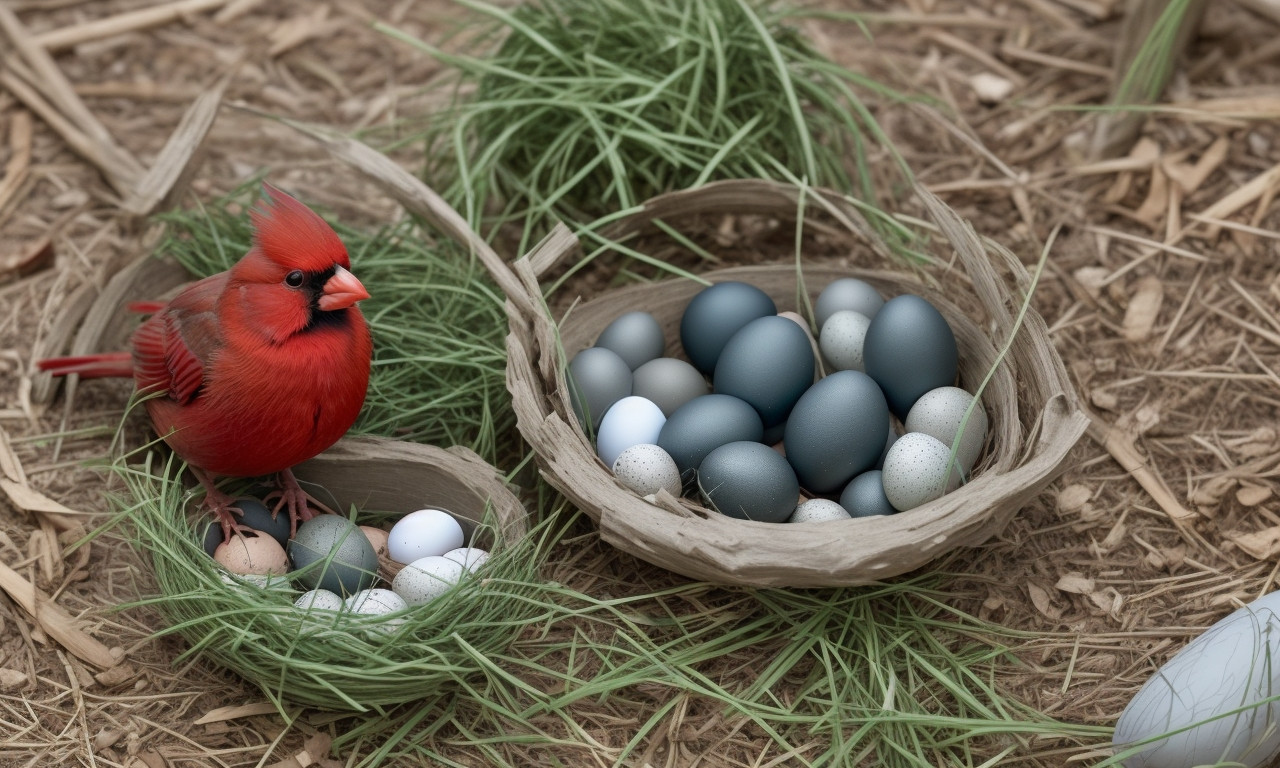
Spotting Northern Cardinal eggs in your backyard can be a delightful experience for any bird enthusiast. These eggs possess distinctive features that make them easier to identify. Typically, Northern Cardinal eggs are a soft white or grayish color with speckles of brown and purple. They are small, generally measuring about 1 inch in length and around 0.7 inches in width.
When observing these eggs, one might wonder, “When do cardinals lay eggs?” Northern Cardinals usually lay their eggs between March and August, with the peak breeding season occurring in spring. The female cardinal is the primary nest builder while the male supplies materials and guards the territory. Nests are often found in dense shrubs or low tree branches, well-hidden from predators, which provides a safer environment for the eggs.
Understanding the nesting habits helps in identifying and protecting these beautiful eggs. Cardinals typically lay 2-5 eggs per clutch and can have multiple broods in a single breeding season. Patience and gentle observation are key; avoid disturbing the nest to ensure the best chance of the eggs hatching successfully. By learning their egg-laying timelines and nesting preferences, birdwatchers can enhance their appreciation of these vibrant songbirds right in their own backyards.
How Long Does it Take Cardinal Eggs to Hatch?
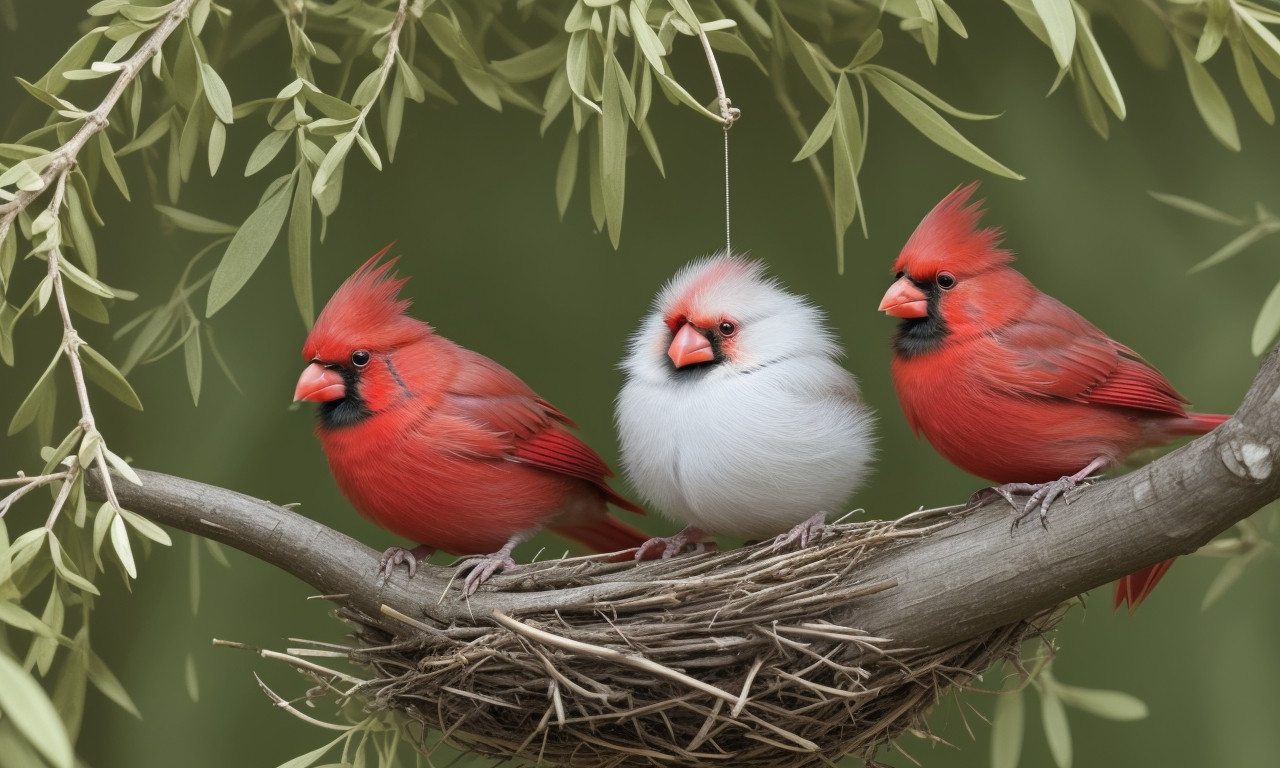
Recognizing Northern Cardinal eggs in your backyard is a delightful pursuit for bird enthusiasts. These eggs are typically laid in well-concealed nests, built by the female cardinal in dense shrubs or low tree branches. The eggs themselves are about an inch in length, with a subtle gleaming surface. Their color ranges from a buff white to pale greenish-white, adorned with speckles of brown, lavender, and gray, primarily concentrated at the larger end. This speckling can vary significantly, making each egg uniquely identifiable.
Once you’ve successfully identified Northern Cardinal eggs, the next step is understanding their incubation period. So, how long does it take cardinal eggs to hatch? After the female cardinal lays her eggs, she begins incubating them, which usually lasts about 11 to 13 days. During this period, the male vigilantly protects the nest and provides food for the female. It’s fascinating to observe how the cardinals work together as a team during this critical time.
Upon hatching, the newborn chicks are altricial, meaning they are blind, featherless, and entirely dependent on their parents for survival. Recognizing Northern Cardinal eggs and understanding their hatching timeline enriches your backyard bird-watching experience, fostering a deeper appreciation for these vibrant, beloved birds.

